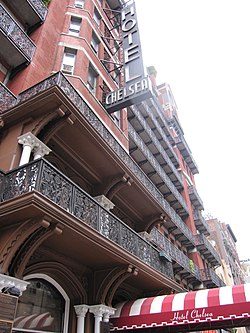Something that struck me deeply in the film was the song that Radio Rahim constantly played on his radio, “Fight the Power” by Public Enemy. The racial groups in the film–the African-Americans and the Italian-Americans especially–felt that the “power” that needed to be fought was each other. Throughout the film, there was obvious hatred and bigotry on each side, leading to palpable racial tensions and ultimately violence. However, all of this was unnecessary. Why must the different racial groups blame each other for their personal problems and failures? I felt that most of the characters were lazy and deplorable, and brought this upon themselves. I don’t understand why they couldn’t just work together and live in harmony with each other. Obviously, their hatred did not solve anything. Rather, it just made the relationships between the ethnic groups worse.
The true “power” that must be fought in the film is this narrow-minded bigotry exhibited by most of the characters. The violence that occured at the end of the film did not surprise me in the least. The film would’ve been much more poignant if the characters actually shed their prejudices and learned to treat each other with the respect that every human being deserves. The film shows that such harmony is possible through the friendship between Vito and Mookie. Although one was black and one was white, they were like brothers and accepted each other for who they were, instead of hating each other for the color of their skin. That’s the way every character should have been in this this film.
Therefore, I think that no one in the film did the right thing. They did not “fight the power.”




